Abandoned Pipeline Saves City Millions
Trenchless technology rehabilitates 90-year-old infrastructure
When Okmulgee, Okla. needed an economical way to increase its raw water conveyance capacity, it turned to a low-impact, trenchless method that cost $2.1 million less than an estimated open-trench technique.
The solution lay with a 90-year-old concrete pipe and a subsurface technology known as sliplining.
The city's water treatment plant receives raw water from. Lake Okmulgee through a single 4-mile conveyance line. However, the aging 24-inch pipe was losing pressure and couldn't meet design flow, even with pumps running at high speed."The need for an additional raw water supply line has been discussed for 30 years," said City of Okmulgee Manager Bob Baxter. "We'd been talking about constructing a new line when someone remembered the old abandoned line."
That line is a 36-inch reinforced concrete pipe built in the 1920s and decommissioned in 1964 when the adjacent line was constructed. After an investigation, the 4-inch-thick concrete pipe was determined to be in a condition suitable for sliplining.
Sliplining is a technique that fits a high-density polyethylene (HDPE) pipe inside an existing pipe. The HDPE pipe is fused together to create a watertight, seamless product that can be pulled into a host pipe for lengths up to 1,000 feet. This greatly minimizes construction costs associated with easement purchases and open-cut trenching.
Garver provided surveying, hydraulic analysis, design, and construction administration and observation to slipline a 30-inch HDPE pipe through the abandoned line. Nearly 450 individual pipes were connected to traverse 22,450 feet. Not only is the HDPE pipe's inside diameter larger than the current 24-inch raw water line, which increases the flow rate, but the material is also engneered to provide less friction loss, resulting in even more flow.
"Sliplining should eliminate the city's need to use booster pumps," said Garver Project Manager Shane Smith, PE. "The maximum daily demand can now be met by gravity flow alone, which will reduce energy costs for the city."
Cost Comparison
Garver prepared an engineering report that investigated several pipeline construction methods. An open trench PVC pipeline was estimated to cost nearly $4.6 million, whereas sliplining was expected to cost $3.4 million. However, the city contracted the slipining project for under $2.5 million, 46 percent less than the estimated open trench technique.
To secure money through the Drinking Water State Revolving Fund by the end of 2010, Garver completed the engineering report, plans, specs and bid advertisement within three months.
"Late in the game last year, we were trying to get our financing in order," Baxter said. "Garver picked up this project in the middle of that process, did the design and included it in that year's financial package. They went above and beyond to get it done."
How It Works
Construction crews gained access to the concrete pipe by digging periodic insertion pits. To create a line without fittings or seams, two 50-foot-long HDPE pipe segments had their ends placed in a fusion machine. Pressure was applied, and the ends were reamed to a mirror finish. The edges were then heated to more than 400 degrees and pushed together to create a continuous, watertight pipe. After sections were fused together, a bulldozer pulled the pipe through with a cable.
The project faced several unique challenges as the line traveled 16 feet below the Deep Fork River in a national wildlife refuge. A horizontal directional drill bored a 1,000-foot-long, 42-inch diameter tunnel, which took a week of 12 to 14-hour days. Crews fused the pipe above ground, and when the boring was complete, it took three hours to pull the pipe through the tunnel. Instead of using a 1.5-inch-thick HDPE pipe, which was utilized throughout the project, a 3.5-inch-thick pipe was installed to withstand the horizontal directional drilling's pullback forces.
"We had to get an additional permit to drill under the river within the wildlife refuge," said Garver Project Engineer Chris Livingston, PE. "Special construction requirements govern work within the refuge, including site restoration and material disposal. If we'd gone with a traditional, open-cut installation method, it's likely that we wouldn't have received the permit to cross a sensitive area."
The city now has two conveyance lines available, which provides the treatment plant with redundancy and increased capacity.


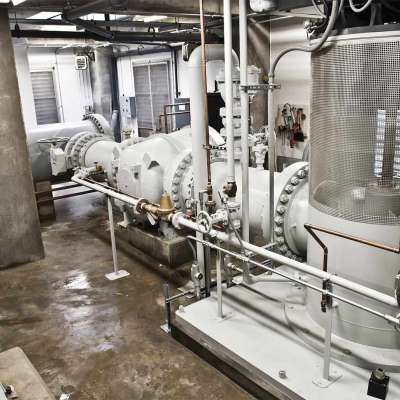
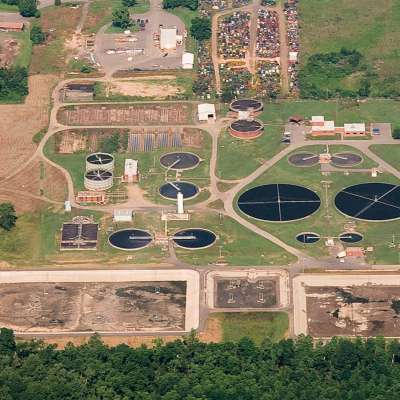

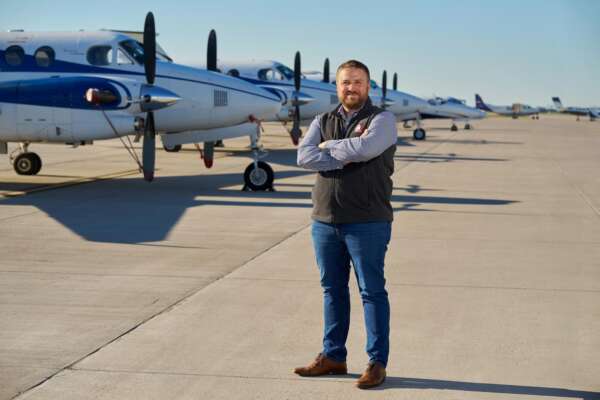

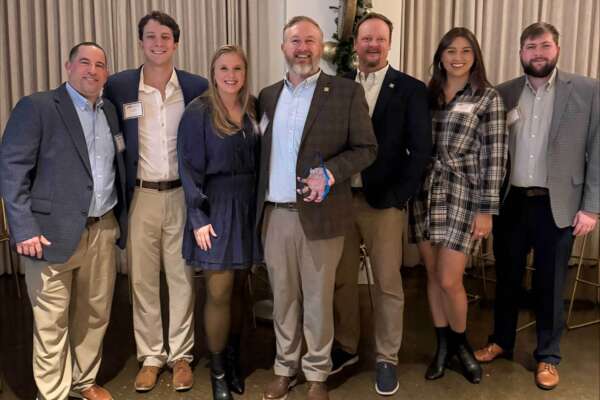
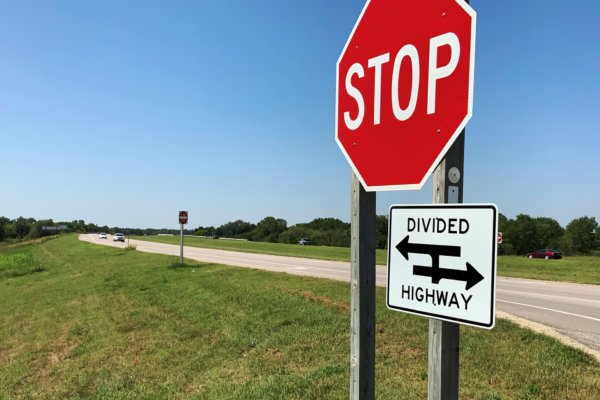

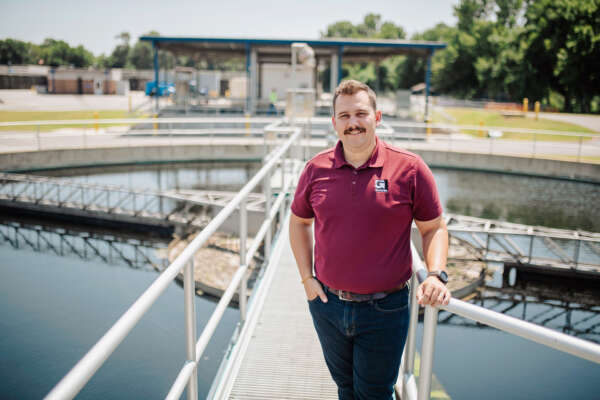


Share this article